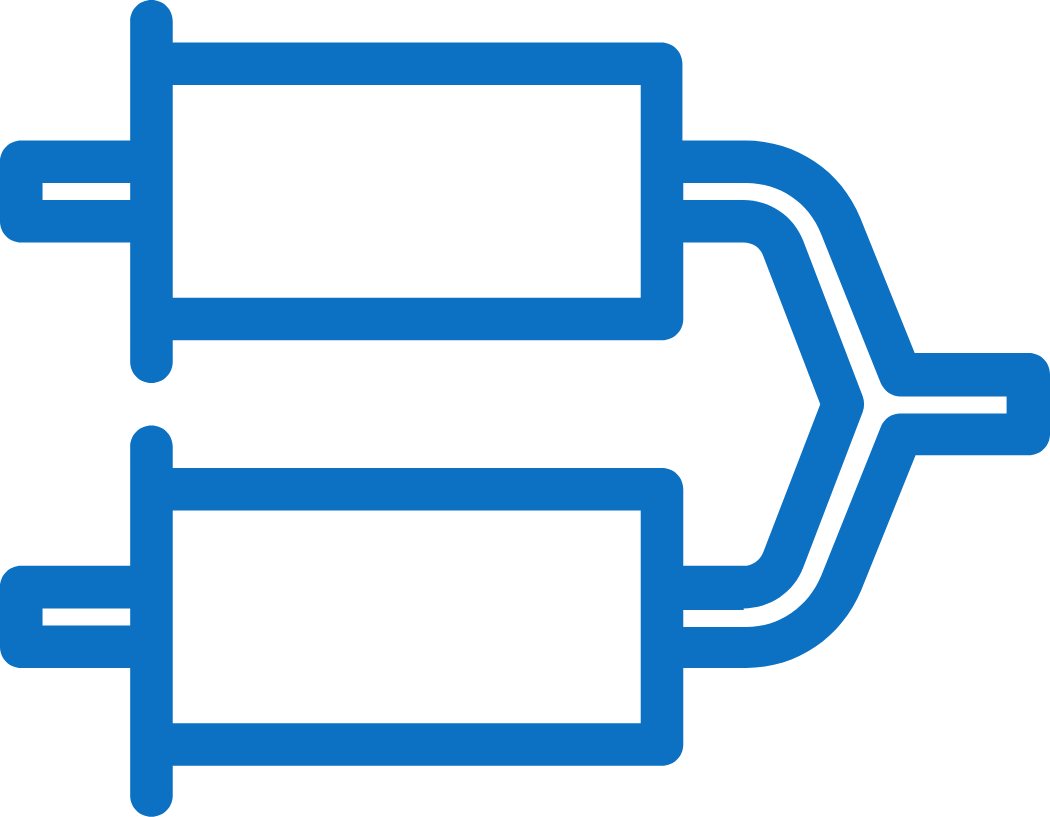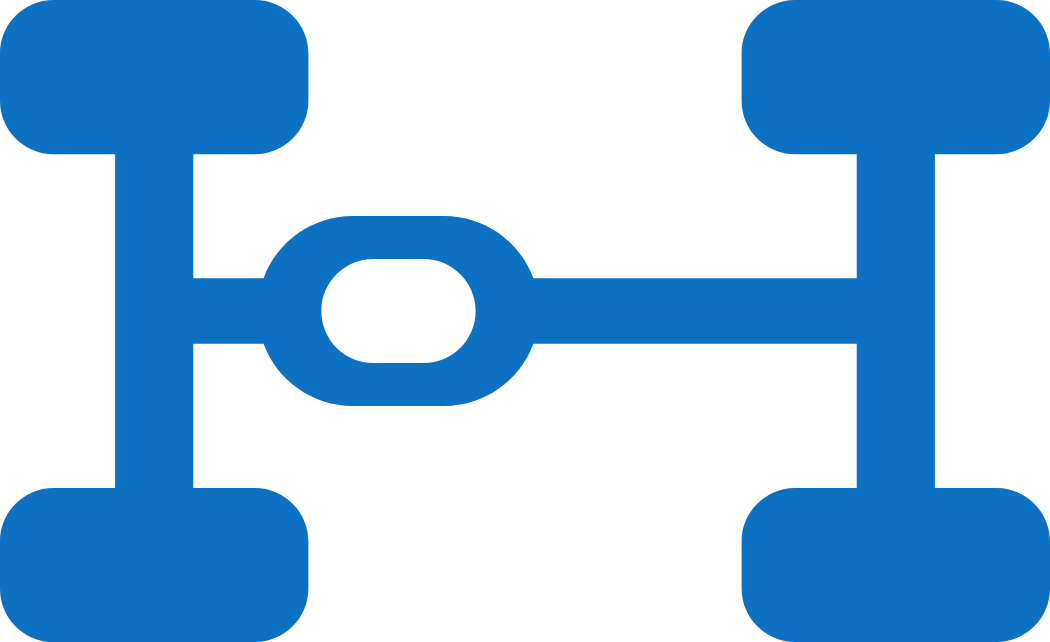Exhausts
Ian Jones Tyres
We offer comprehensive exhaust & repairs services.
Kington 01544 230 291 | Brecon 01847 622 905
Exhaust Checks Here
Our service staff will check your car over and let you know if we think that your exhaust needs a repair rather than a new one, We can advise you on the best options for you and always try to save you money if we feel a repair will do rather than a new exhaust.
Good To Know
Exhausts
The exhaust system has 3 very important functions:
- Directs the exhaust fumes from the engine to the back of the vehicle.
- Reduces the amount of toxic chemicals in the fumes to reduce emissions.
- Reduces the noise from the series of explosions that happen during the fuel combustion process.
It is made up of a series of chambers and pipes, begins at the engine and extends to the very back of the vehicle. The vast majority of vehicles have 4 cylinder engines with a single exhaust running the length of the vehicle.
Catalytic Converter
Catalytic converters are found between the manifold and the silencer. Their function is to convert pollutants in the exhaust fumes to less harmful ones. If one was fitted to your vehicle originally, a catalytic converter is required by law and it will fail the NCT or MOT if it is removed.
Common Problem: Catalytic converters can become blocked or choked. The symptoms of a blocked catalytic converter are a noticeable lack of power, a sense of heat from the floor of the vehicle or a smell of sulfur (or rotten eggs)
Safety
The exhaust collects discarded gases from engine cylinders into one pipe. These gases are then delivered to the exhaust pipe where they are dissipated into the atmosphere. Driving with an exhaust leak is a dangerous because of potential fires, and the fumes you will inhale while driving.
Exhaust Manifold
Exhaust manifolds are located on the engine of a vehicle. Their function is to collect the exhaust gases from the engines cylinders and guide it through the rest of the exhaust system. It ensures that the toxic gasses do not enter inside the vehicle to the passengers.
Diesel Particulate Filter (DPF)
Their functions is to remove the particulate matter or soot from the exhaust gas of diesel engines. The introduction of the Euro 5 emission regulation in 2009 meant that diesel vehicles would require the fitment of a DPF to meet the new emission standards.
What Is A DPF
Diesel Particulate filters (DPF) or ‘traps’ do just that, they catch bits of soot in the exhaust. As with any filter they have to be emptied regularly to maintain performance. For a DPF this process is called ‘regeneration’ – the collected soot is burnt off at high temperature to leave only a tiny ash residue.
Oxygen Sensor
These sensors are normally located on either side of the catalytic converter. Their function is to measure the amount of oxygen in the exhaust system. It uses this information to add or reduce fuel in the combustion process to get the best fuel to air mixture.








